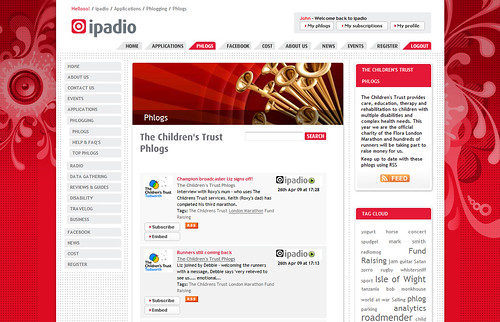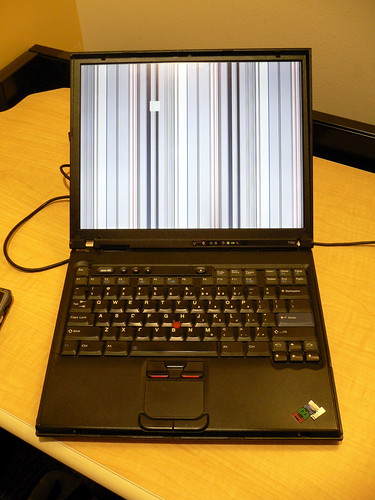
http://www.flickr.com/photos/howardlake/3485861006/
http://creativecommons.org/licenses/by-sa/2.0/deed.en
My repertoire has grown significantly since the beginning of the semester. When I started this class, I believed I had a great knowledge of computers and programs. I was proven wrong after the second week of class when we learned about wikis and blogs. I had no experience with either program. I think that the learning process can be greatly enhanced by technology in my classroom. When I am a teacher, I want to incorporate several of the programs we have learned. I really liked the use of iPadio and screencastr to give explanations or assignments beyond the classroom walls. I want to also incorporate Zoho and Prezi presentations into my teaching. PowerPoint has been overused and I think these programs provide another exciting way to be presented. I think my elementary students will love using them. Teacher Web Pages and Curriculum pages are great to use in a classroom. A Teacher Web Page provides so much information to students and parents. Curriculum pages are a neat way to teach a concept. I have never heard of curriculum pages before and I think it is an awesome idea. I have never created a website before and I am so excited about wikis and that I know how to use them. This will come in handy for several classes and when I become a classroom teacher.
These programs I have used and have learned a great deal about:
-iPadio
-Movie Maker
-Prezi and Zoho
-Screencastr
-Google Sites
-Virtual Tours
There are several others in which I have learned and added to my knowledge and will apply to my teaching. Learning this information about all of these programs has been very helpful and has widen my view of technology.

